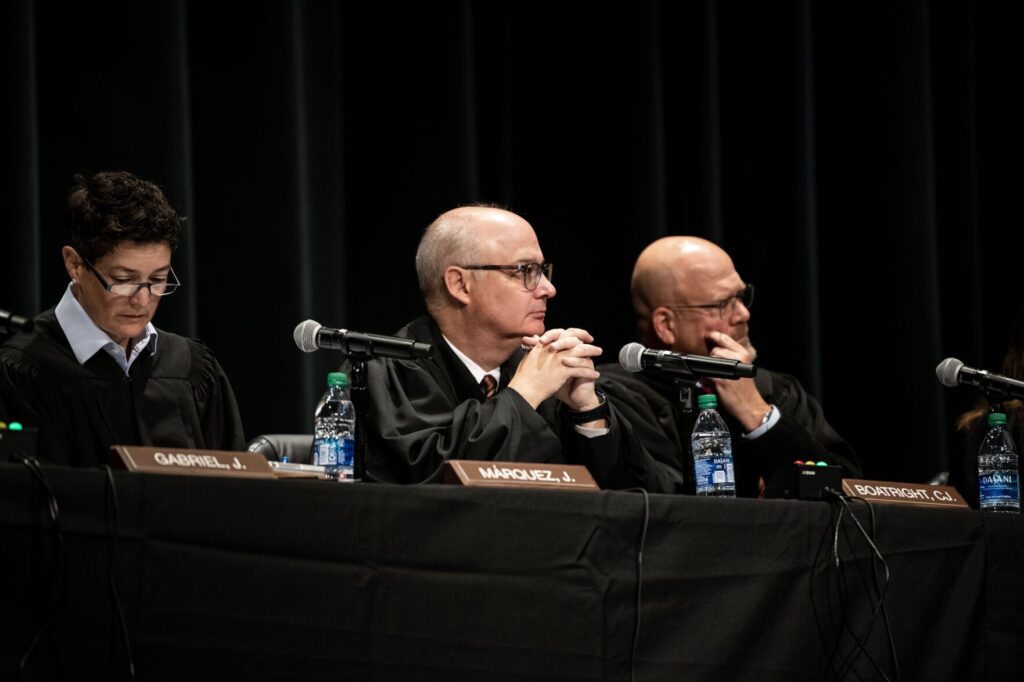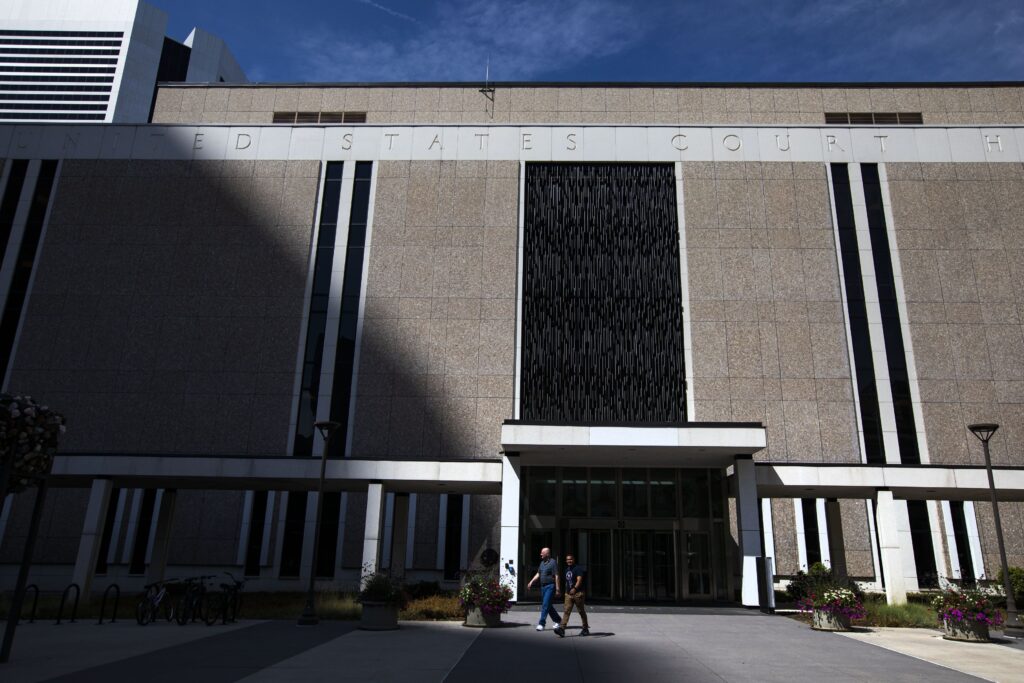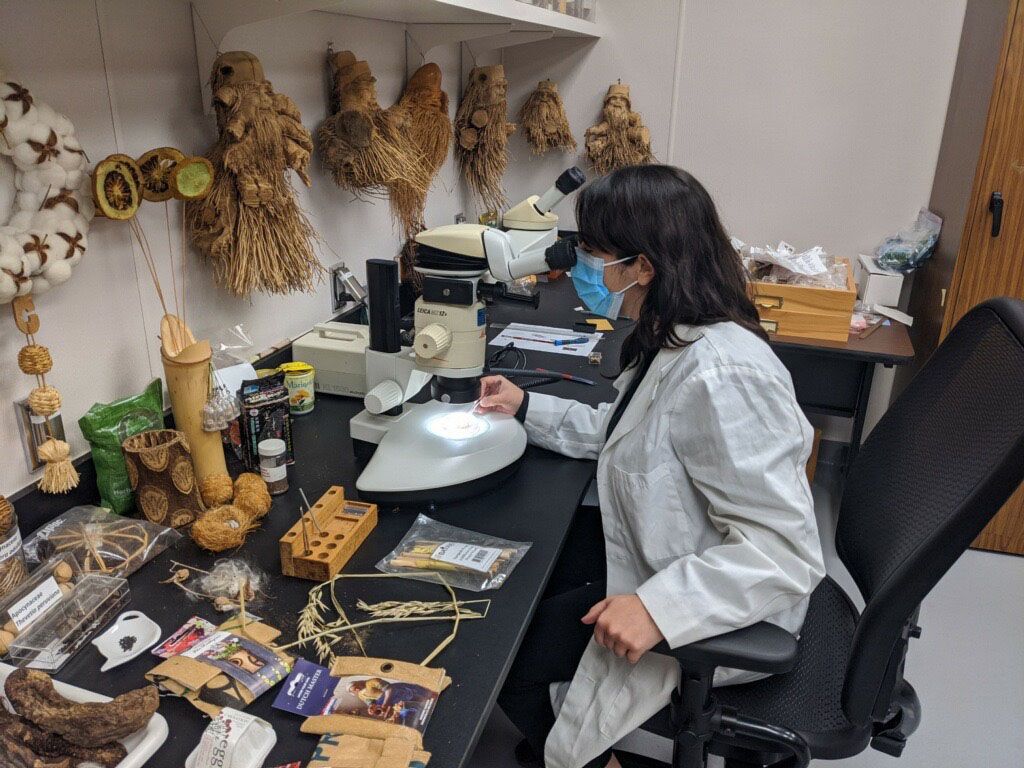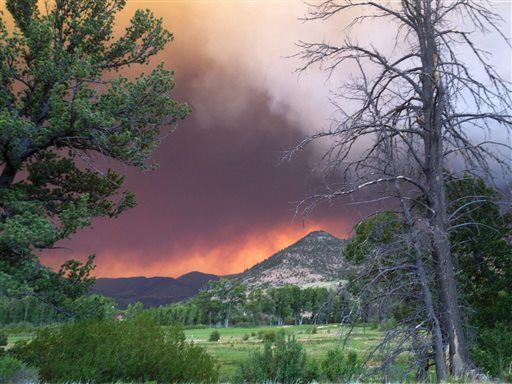Study examines the question, ‘What is the secret to rural economic resiliency?’
The smaller, rural counties of Colorado often experience a different – many would say less healthy – economic reality than most of the state’s population in the more heavily populated Front Range counties. While that may not be news, a recent study details what residents of those smaller counties have found helps them be economically resilient.
The Colorado Office of Economic Development and International Trade, Leeds School of Business at the University of Colorado – Boulder and the state demography office developed the “Rural Economic Resiliency in Colorado” study. Funded by Anschutz Foundation, El Pomar Foundation, Gates Family Foundation, and Telluride Foundation, the primary purpose was to study why some rural communities in Colorado grow and thrive while others struggle.
The study drew on data and research gathered in 2015 and 2016 through focus groups and interviews in 13 counties – Chaffee, Crowley, Garfield, Kiowa, La Plata, Las Animas, Moffat, Montrose, Morgan, Ouray, Rio Grande, Routt and Washington.
Several themes emerged that highlight the factors that create resiliency in a rural area: Economic diversity, community leadership, education and health care, proximity to transportation infrastructure and community location, quality of life and community passion. Further in-depth research and surveys were conducted on the economic resiliency success in Durango and Salida.
Salida, in Chaffee County in central Colorado, transitioned from an extraction-based economy to tourism, especially for boating and rafting and other outdoor activities in and near the Arkansas River and its headwaters. The community also helped revitalize its downtown area by renovating the historic Steam Plant into a multipurpose community theater, among other investments.
Community members in Durango have a history of supporting the natural amenities, open space and outdoor activities in and near the La Plata County community in Southwestern Colorado. In April 2015, Durango voters extended a half-cent sales tax until 2039 to support dedicated parks and recreation funding. The half-cent tax originally was approved in 1999 to fund the Durango Community Recreation Center and expand the Animas River Trail along the Durango & Silverton Narrow Gauge Railroad corridor.
The downtown train station is seen as one of the most important community economic drivers. The railroad provides year-round train service between Durango and Silverton, while economic diversity is seen with mining and construction balanced by real estate, arts, entertainment and recreation.
Diversity, tourism, natural resources all help
Brian Lewandowski, associate director of the business research division for the Leeds School of Business at the University of Colorado – Boulder, was the lead researcher on the study. While the study highlighted success stories in Salida and Durango, a much more broad-based look was taken, with visits to communities across the state, Lewandowski said. Researchers visited 47 of Colorado’s 64 counties, all considered to be rural in character and demographics.
“Of course, one key we found pretty much everywhere was that a diversified economy is much more desirable than one tied to the price swings of commodities, whether that’s hay and corn or oil and gas,” Lewandowski noted.
Counties and communities struggling to grow have added infrastructure, such as broadband service, to help attract businesses and workers, and some have added a high percentage of workers between the key age group of 35 to 64, he said.
While a fact sheet stated the study found a negative relationship between agriculture and employment growth, Lewandowski said that was not entirely true.
“Agriculture in Southern Colorado, for instance, doesn’t add a lot to the value chain once the harvest is over or the cows are slaughtered,” he said. “But until then, it’s a big part of the local economy. And we did find that counties that have more agriculture have been on slower growth trajectories for workers over 25 years of age between 1990 and 2014.”
There is a positive relationship between tourism and employment growth, Lewandowski added. Resort counties and others that attract tourists have grown and prospered compared to non-resort counties.
“You’ve seen places like Eagle County and Summit County, with their ski areas, just boom over the last 25 years,” he said. “Now those places are also second-home markets and they’re attracting more retirees. You see a greater share of services there and that helps bring in faster growth.”
With barriers to tourism growth lower than they’ve ever been, Lewandowski added, much more skiing, hunting, bird watching and outdoor recreation in general has happened. That helped lead to services such as short-term rentals to offer lodging for tourists.
The study found that natural and man-made resources impact economic sustainability (population and employment) in positive and negative ways. The lack of those assets may be the cause and/or a symptom of slower growth in under-performing counties.
Lewandowski said the study found the state’s natural resources – everything from wilderness areas to hiking and biking trails to energy development – are a “competitive benefit” to rural counties and communities, with pluses and minuses.
“When there are economic up swings and down swings, you see varying levels of positives and negatives,” Lewandowski stated. “There’s a lot of whys behind these things.”
Old versus new, ‘bedroom community’ good and bad
But not all residents of rural communities and counties in the state want to see growth happen, Lewandowski added.
“You have kind of the old and new guard,” he said. “The sort of old-boy network says things have been fine the way they are and don’t need to change. Then you have the new guard folks who say if we don’t adapt and change, this community is going to die off.”
The study also portrayed “bedroom communities,” such as Rifle in western Garfield County and Montrose in Montrose County, as communities that benefited by offering more affordable housing compared to nearby resort areas like Glenwood Springs, Aspen and Telluride. But not everyone in “bedroom communities” look at that status as a positive economic perception or impact. They argue they lose a lot of discretionary spending dollars to the more affluent resort areas where residents spend most of their days.
Lewandowski said that arrangement is not limited to the mountains or West Slope. For example, Erie and Lafayette are sometimes considered “bedroom communities” to places like Boulder on the Front Range.
“It’s all about leveraging your assets,” he said. “Erie has more affordable housing and they’re trying to build out their infrastructure to attract more growth. The trick is to get the primary employers to locate there instead of Boulder. I think Rifle has been able to exploit that to some extent. They have an airport that’s seen some strong growth, a new hospital and they’ve invested in new schools.”
Lawmakers can help, and not just with economic incentives
Overall, Lewandowski said the study found economic resiliency and growth was not a “top-down approach” led by elected officials and business leaders alone.
“It’s up to these communities to learn and decide what they can leverage locally,” he added.
However, state lawmakers can help smaller rural counties through economic incentives, and that doesn’t mean just dollar figures.
“They can open more state land to outdoor recreation and even energy development, including renewable energy along with oil and gas,” Lewandowski said.
The town of Del Norte, in the southern Colorado county of Rio Grande, described a “great relationship with their local Forest Service and Bureau of Land Management officials that’s helped gain more access to federal lands and that turns into a community asset,” he added.
“It’s not really a cookie cutter approach,” Lewandowski said, “because what each community and each county has to offer is something different. But we found success stories to some extent in every place we visited, so there are optimistic people everywhere and they showed the way to some good wins.”










